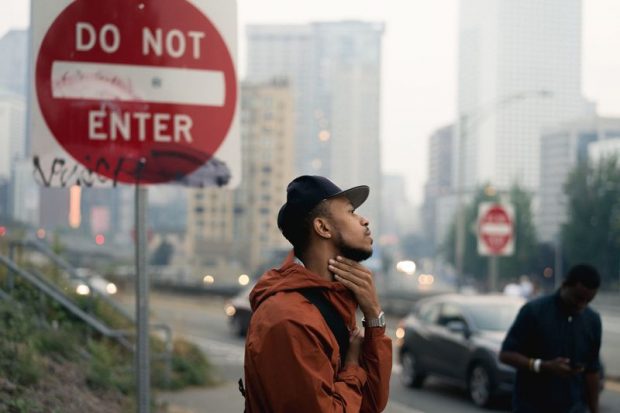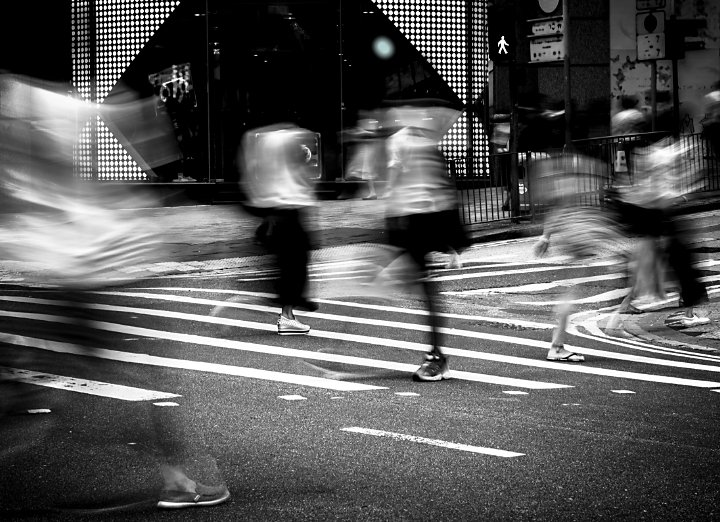Some Known Incorrect Statements About Framing Streets
Some Known Incorrect Statements About Framing Streets
Blog Article
The 9-Minute Rule for Framing Streets
Table of ContentsEverything about Framing StreetsGetting My Framing Streets To WorkThe Greatest Guide To Framing StreetsUnknown Facts About Framing StreetsThe 25-Second Trick For Framing StreetsThe Facts About Framing Streets Revealed
, generally with the goal of catching photos at a decisive or emotional moment by mindful framework and timing. https://trello.com/u/framingstreets1.
, that was influenced to take on a similar paperwork of New York City. As the city established, Atget aided to promote Parisian roads as a deserving topic for digital photography.

The Buzz on Framing Streets
Martin is the initial tape-recorded photographer to do so in London with a masked video camera. Mass-Observation was a social research organisation established in 1937 which aimed to record everyday life in Britain and to videotape the reactions of the 'man-in-the-street' to King Edward VIII's abdication in 1936 to marry divorce Wallis Simpson, and the succession of George VI. The chief Mass-Observationists were anthropologist Tom Harrisson in Bolton and poet Charles Madge in London, and their initial record was produced as the publication "May the Twelfth: Mass-Observation Day-Surveys 1937 by over two hundred viewers" [] Home window cleaner at Kottbusser Tor, Berlin, by Elsa Thiemann c. 1946 The post-war French Humanist School digital photographers located their topics on the street or in the bistro. Between 1946 and 1957 Le Groupe des XV annually exhibited job of this kind. Andre Kertesz. Circus, visit this site Budapest, 19 May 1920 Road photography formed the major material of two exhibitions at the Museum of Modern Art (Mo, MA) in New York curated by Edward Steichen, Five French Professional Photographers: Brassai; Cartier-Bresson, Doisneau, Ronis, Izis in 1951 to 1952, and Post-war European Photography in 1953, which exported the concept of street digital photography worldwide.

The 3-Minute Rule for Framing Streets
, after that an educator of young kids, linked with Evans in 193839.'s 1958 publication,, was considerable; raw and frequently out of focus, Frank's images examined traditional photography of the time, "challenged all the formal rules laid down by Henri Cartier-Bresson and Pedestrian Evans" and "flew in the face of the wholesome pictorialism and wholehearted photojournalism of American publications like LIFE and Time".
Report this page